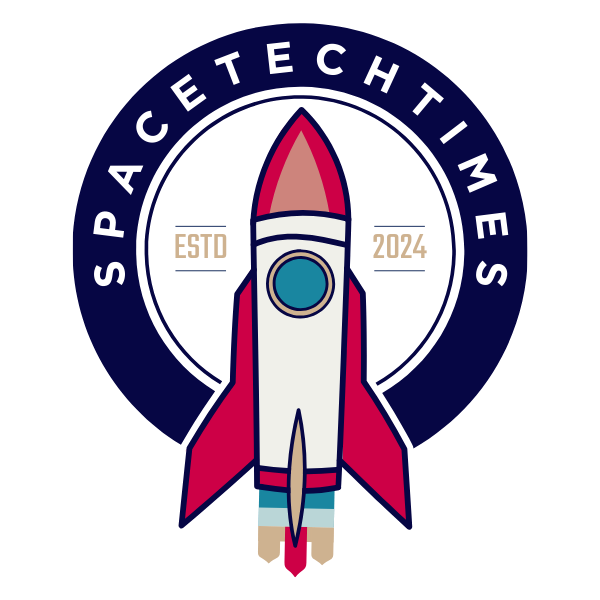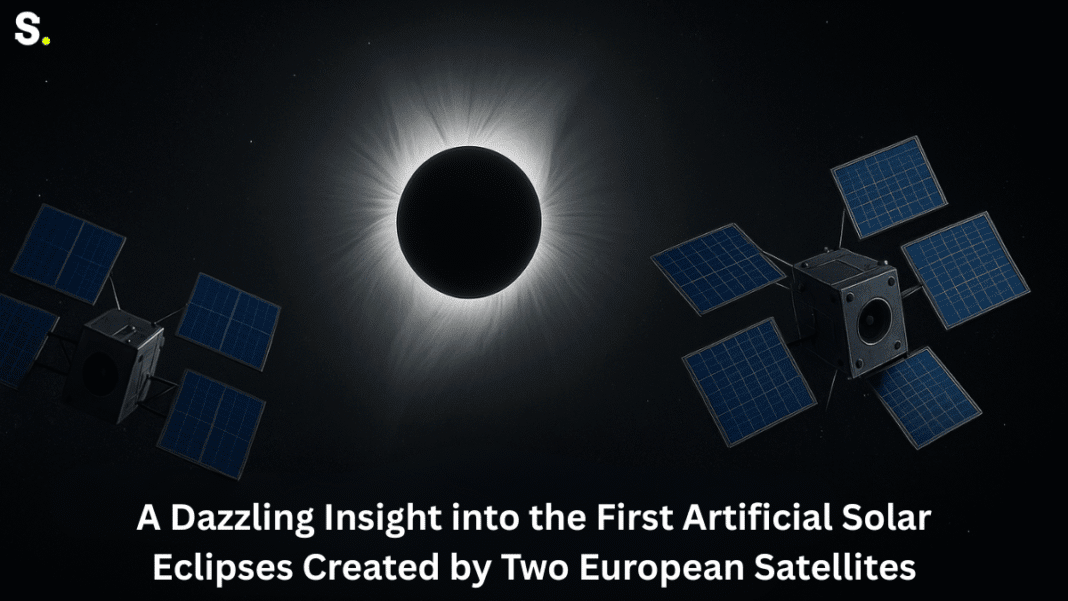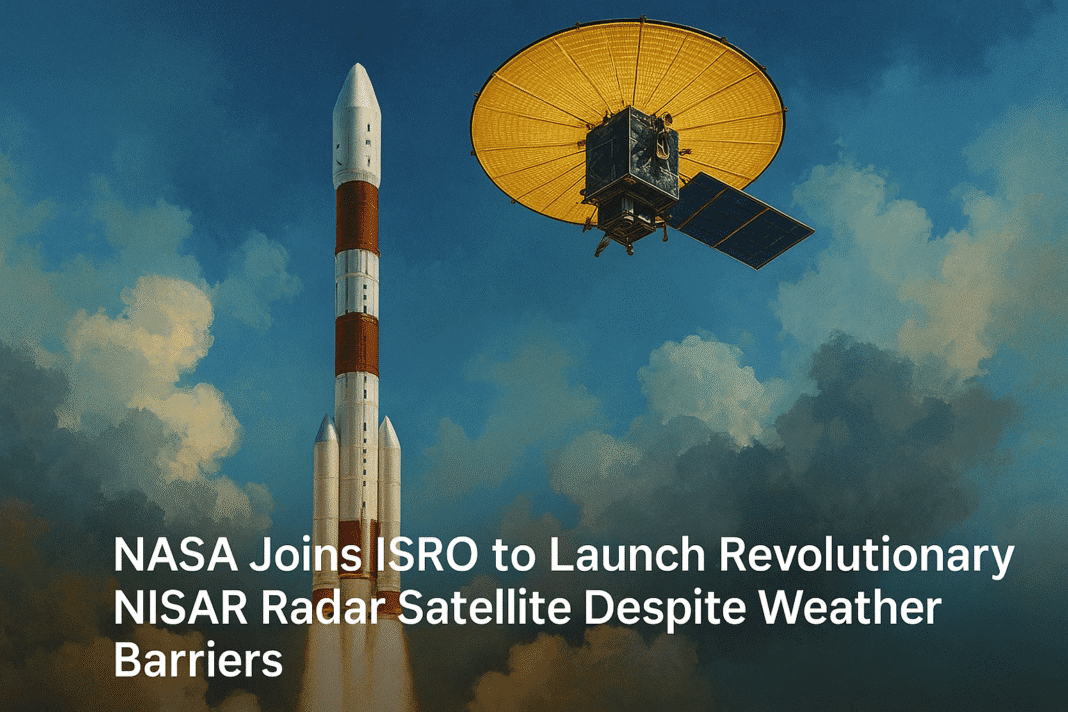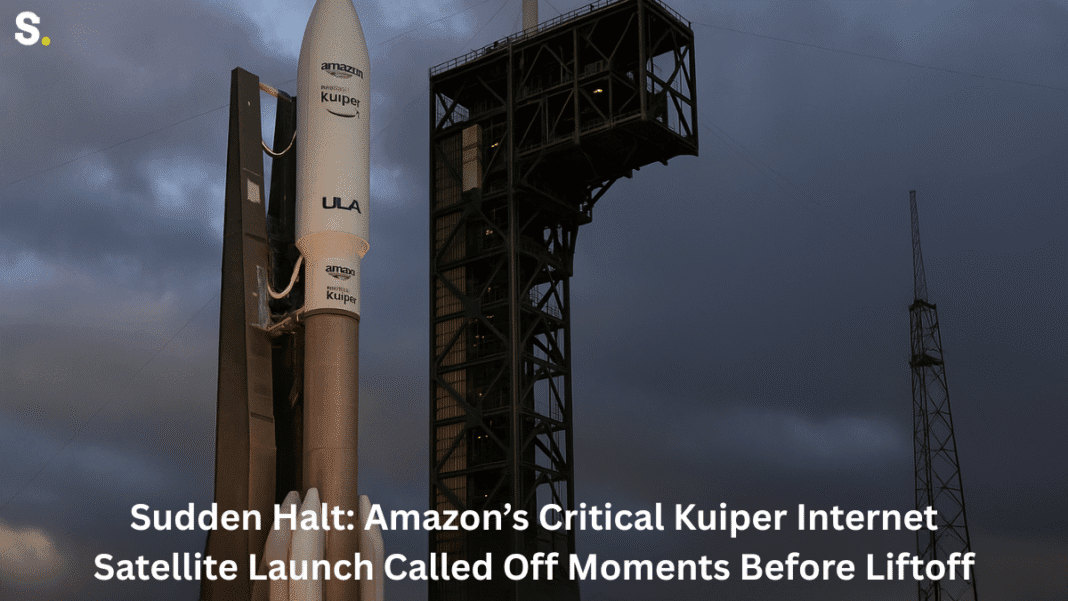A pair of European satellites have done something amazing in space — they created Artificial Solar Eclipses on purpose. These are not the usual solar eclipses we see from Earth, which depend on the moon getting in just the right position.
Satellites That Create Their Own Artificial Solar Eclipses
Instead, these satellites fly in such a perfect pattern that one of them blocks the sunlight while the other watches what happens. This allows scientists to study the sun in a way never done before.
These satellites were launched late last year and began their Artificial Solar Eclipses experiments in March. Since then, they have made 10 of these man-made eclipses. One of them even lasted five hours. In comparison, natural solar eclipses only last a few minutes and happen rarely. Usually, a total solar eclipse only comes once every 18 months somewhere on Earth, and people have to travel far to see it. Now, scientists can see solar eclipses on demand and for much longer.
This mission is called Proba-3. It costs around $210 million and is run by the European Space Agency. The two satellites are small, each being less than five feet in size. They fly in space more than tens of thousands of miles above Earth.
What makes them special is that they fly very close to each other — only 492 feet apart, about the length of a football field. Their unique positioning allows them to produce Artificial Solar Eclipses with great precision, giving scientists a new tool to observe the sun’s outer layer.
Global Tremors Every 90 Seconds?! NASA’s SWOT Unmasks Hidden Tsunami Mystery in Greenland
How These Satellites Block the Sun
The way these two satellites work together is like a dance in space. One satellite carries a disk to block the sun, just like how the moon blocks sunlight during an eclipse. The other satellite has a telescope that looks at the sun’s outer layer, called the corona. The corona is the bright ring that appears around the sun during a total eclipse, and it is now being observed in detail during these Artificial Solar Eclipses.
The corona is very mysterious and is actually much hotter than the surface of the sun. It often shoots out huge amounts of energy and particles, known as coronal mass ejections. These can cause geomagnetic storms that interfere with power, communication systems, and even produce auroras in places that don’t normally see them. That’s why scientists are so interested in studying the corona more closely, and Artificial Solar Eclipses make it possible to do this for longer and with greater clarity.
The Proba-3 satellites give scientists the chance to look at this important part of the sun for much longer than usual. Natural eclipses are short and difficult to plan for. But with Proba-3, scientists can now use Artificial Solar Eclipses to get many hours of total eclipse time, which helps them gather more information.
This mission is also different from others in one big way. In earlier missions by other space agencies, the sun-blocking disk and the telescope were on the same satellite. That means they couldn’t move far apart. In Proba-3, the two parts are on different satellites. This separation allows for a better view and more detailed images of the corona.
Dangerous Space Debris: Chinese Rocket Stage Breaks Apart, Threatens 1,000 Satellites
A Scientific Dance of Precision
To make all this happen, the two satellites have to fly extremely precisely. Their positions must be correct within just one millimeter — about the thickness of a fingernail. This is not easy in space. But they manage it using tools like GPS, star trackers, lasers, and radio signals. All of these help the satellites stay in exactly the right spot to create Artificial Solar Eclipses.
The satellites fly in a cube shape and use technology to guide themselves without help from Earth. This allows them to keep the perfect formation needed to create the Artificial Solar Eclipses. These tests are still in the early phase, but scientists are already amazed by what they’ve seen.
Even during the first test eclipse, the images of the corona were clear and didn’t need any special editing. That’s rare, as corona images are usually very difficult to capture. The success of these early tests shows how well the satellites are working and how useful this mission will be for studying the sun through Artificial Solar Eclipses.
The plan is for the satellites to continue making these artificial eclipses for two years. During this time, they are expected to create nearly 200 eclipses, adding up to over 1,000 hours of total eclipse time. That’s a huge amount compared to what scientists get from natural eclipses.
These long hours of observation will give scientists more chances to study the behavior of the sun’s corona, especially the parts closest to the edge of the sun, also known as the solar limb. The detail and quality of the images have already impressed scientists involved in the mission.
This is a big step forward in space science. It shows that by using clever engineering and precise flying, we can create conditions in space that are hard to find naturally. This allows for better and longer observations of the sun, which can help us understand it better.
And all of it is happening while two small cube-shaped spacecraft perform a quiet, delicate dance high above the Earth — one blocking the sunlight, the other capturing the glowing crown of the sun in crystal-clear detail.




